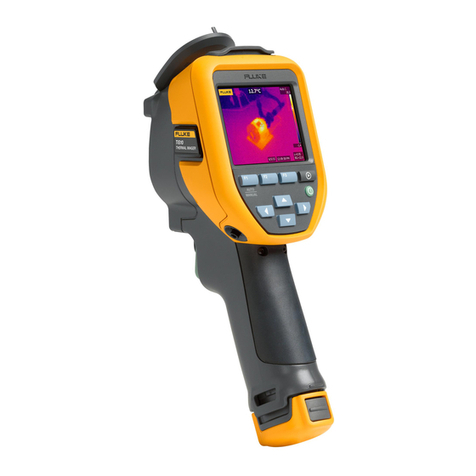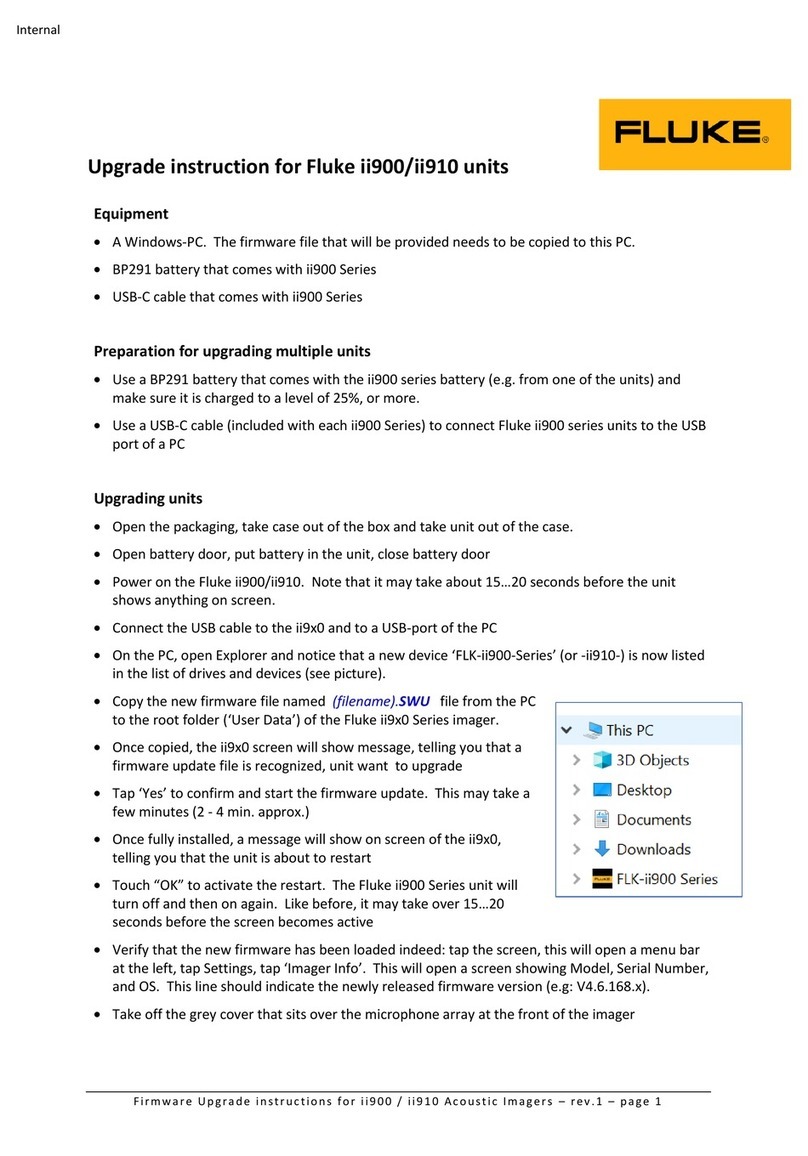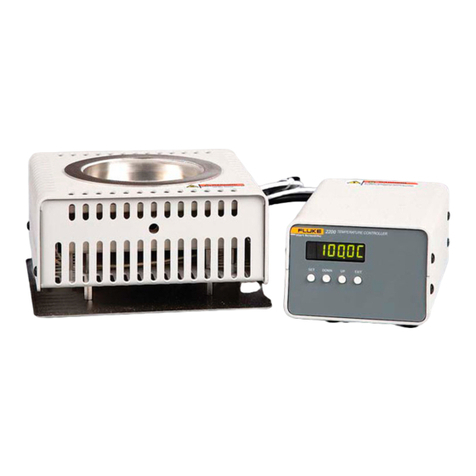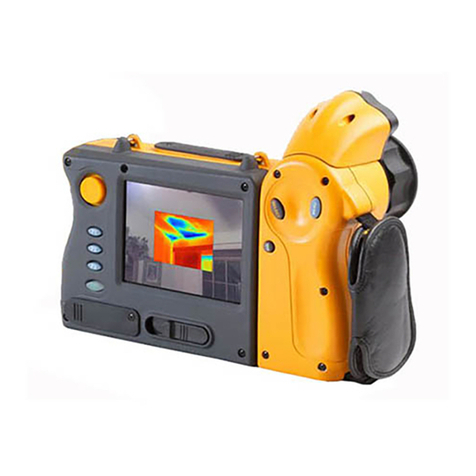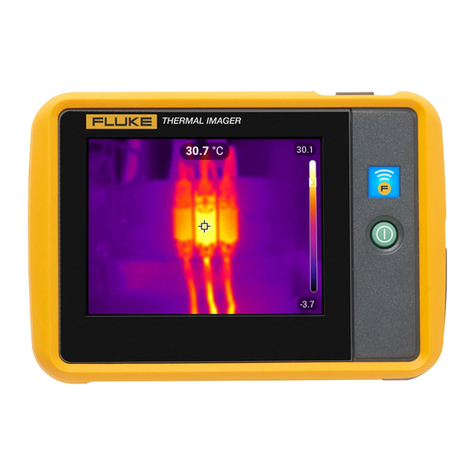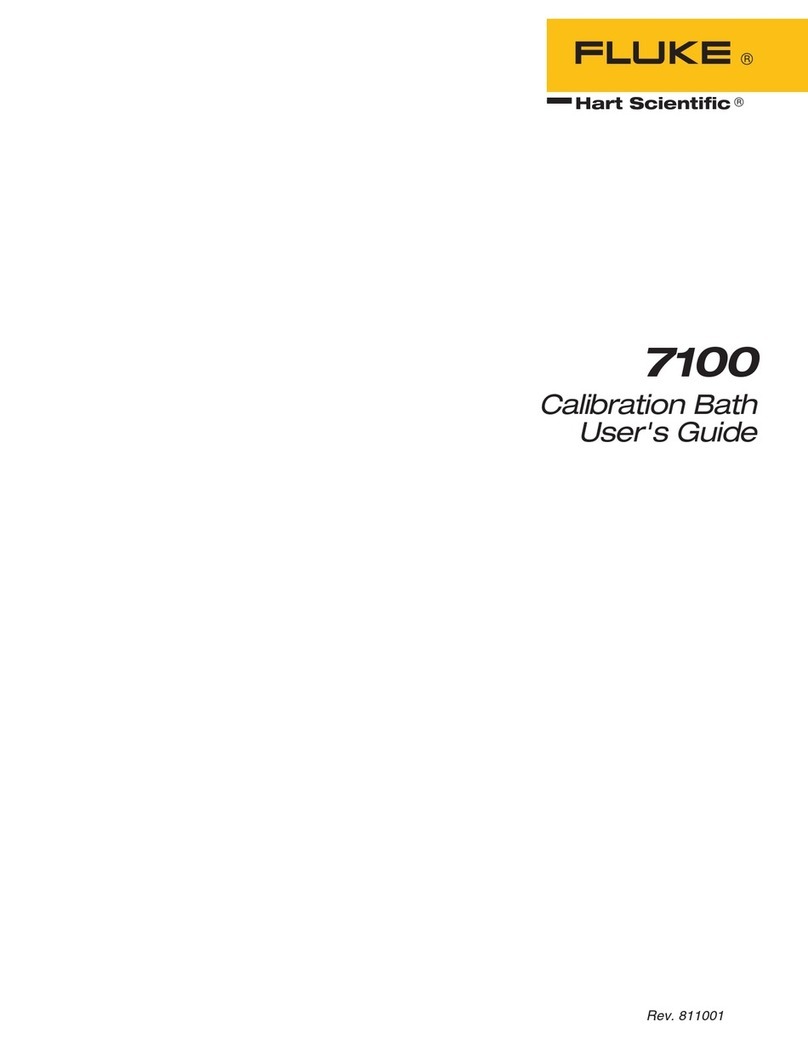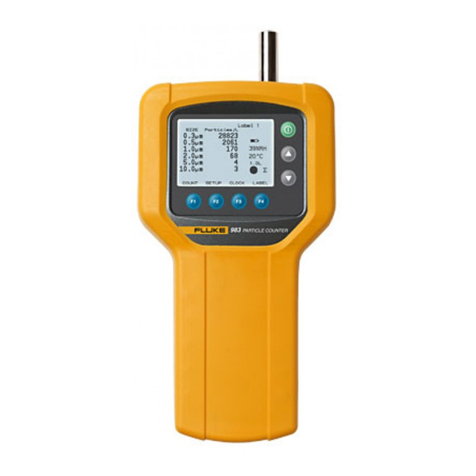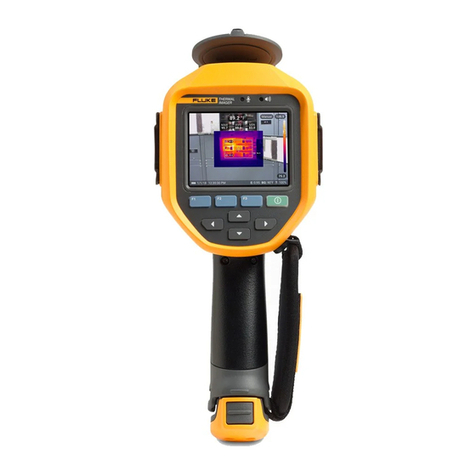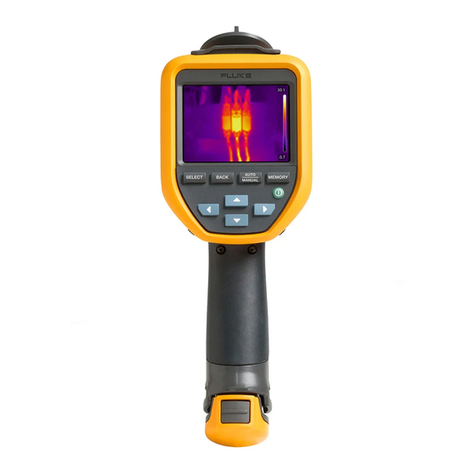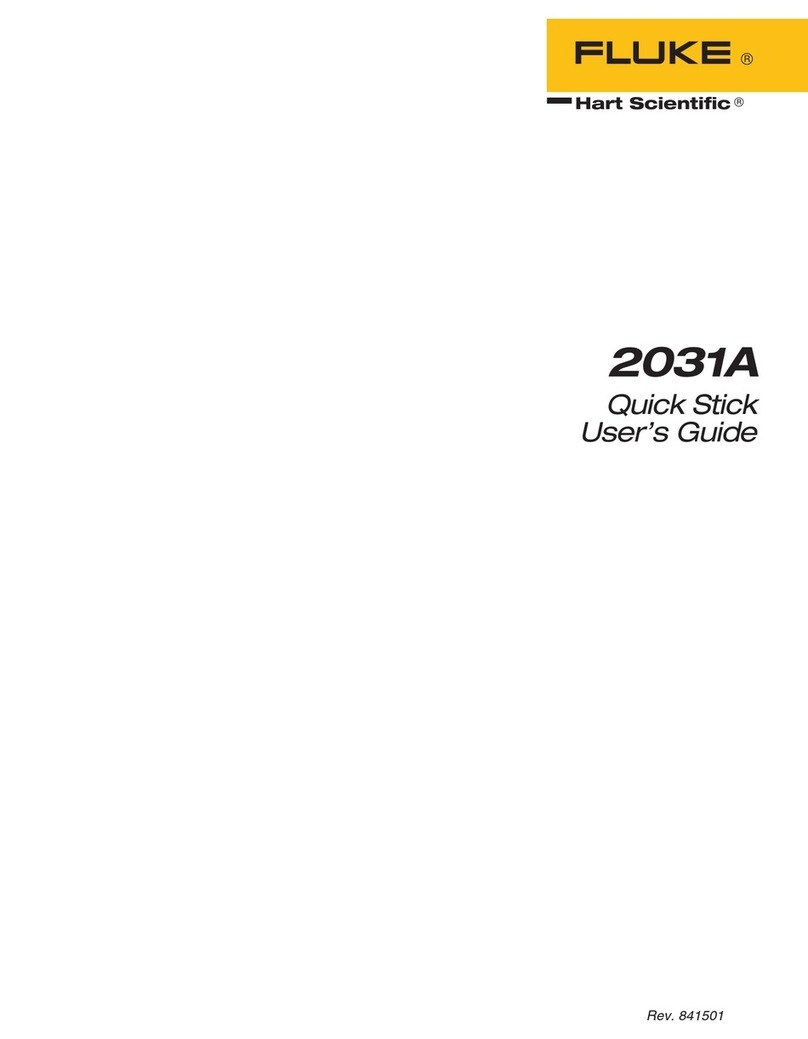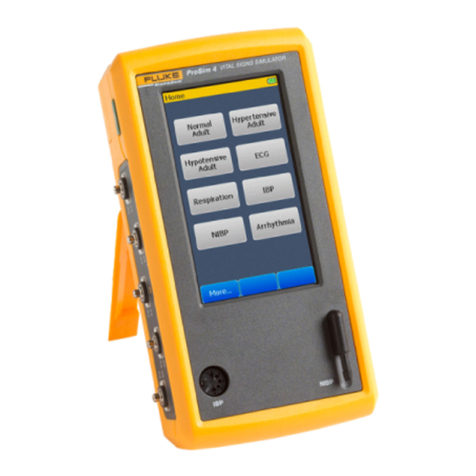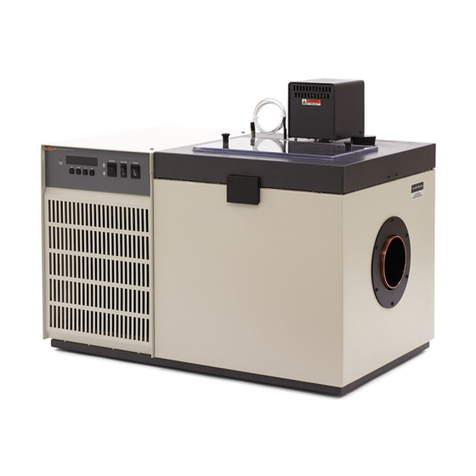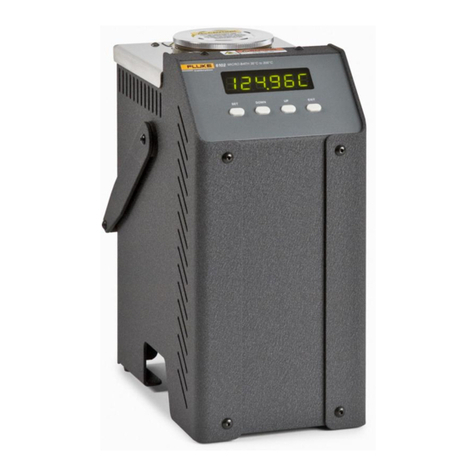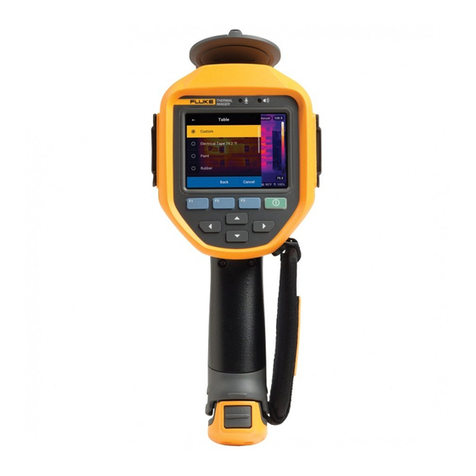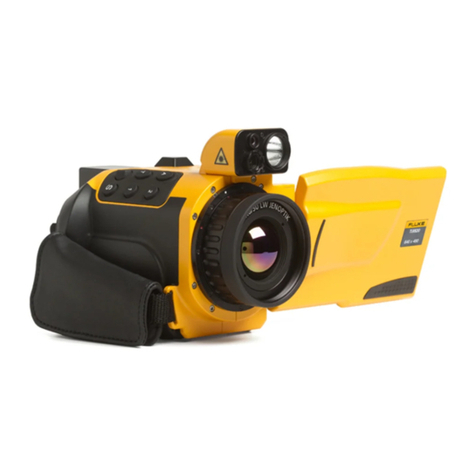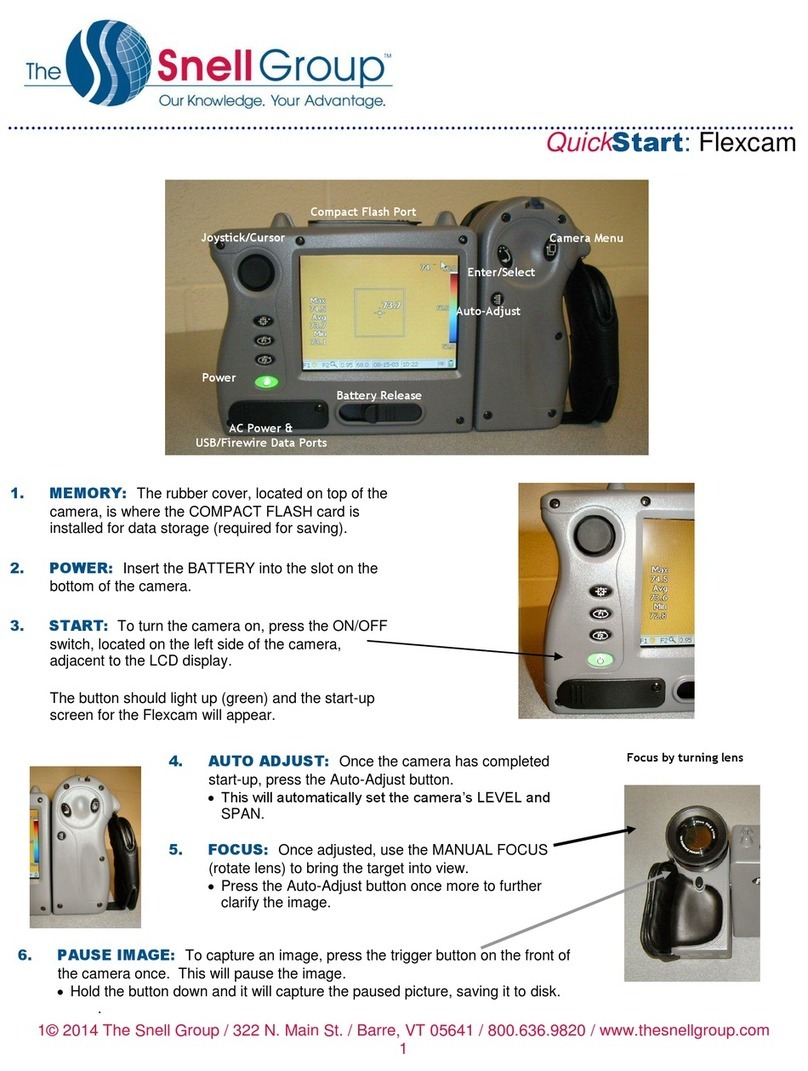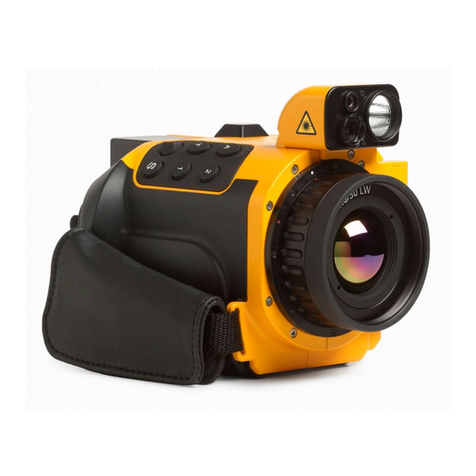
Figure 51: Process Screens: Boards Display of 2 boards per deck ......................................................58
Figure 52: Process Screens: Temperature curve for min., max., average temperature........................58
Figure 53: Process Screens: Comparison current boards to reference boards ....................................59
Figure 54: Process Screens: Horizontal slice of boards temperature distribution.................................59
Figure 55: Process Screens: Vertical slice of boards temperature distribution .....................................60
Figure 56: Process Screens: Inspect Board Map ..................................................................................60
Figure 57: Process Screens: Deck Statistics of good and bad boards..................................................61
Figure 58: By deck history of good/bad boards .....................................................................................61
Figure 59: By row history of good/bad boards .......................................................................................61
Figure 60: Login mask for Supervisor login ...........................................................................................62
Figure 61: Board map domain with marked sub-domains .....................................................................63
Figure 62: The Dryer Profile of wallboard sets leaving the kiln..............................................................65
Figure 63: The Boards Display shows a currently scanned set of wallboards.......................................66
Figure 64: Temperature trend display of scanned wallboards...............................................................67
Figure 65: The Reference Board display shows the assigned references per dryer deck ....................68
Figure 66: Horizontal Slice Display shown in the right display section..................................................69
Figure 67: Vertical Slice Display shown in the right display section ......................................................70
Figure 68: Inspect Boards Display shown in the right display section...................................................71
Figure 69: Deck Statistics Display shows the relation of good/bad produced wallboard sets...............72
Figure 70: The Hardware Status Indicators ...........................................................................................73
Figure 71: The Special Function selection bar.......................................................................................73
Figure 72: The General Info Sub-Screens.............................................................................................74
Figure 73: The both Deck History sub-screens......................................................................................74
Figure 74: Program is running in Standard Operator mode with restricted rights .................................75
Figure 75: Program is running in Supervisor mode with administration rights.......................................76
Figure 76: Program is started, a valid log-file is opened, 6 domains are marked..................................77
Figure 77: TIP900 –Log Viewer title line and menu bar selectors ........................................................78
Figure 78: TIP900 –Log Viewer File selector in the menu bar..............................................................79
Figure 79: TIP900 –Log Viewer File selector to open a Logfile............................................................79
Figure 80: TIP900 –Log Viewer with selected and opened Logfile.......................................................80
Figure 81: TIP900 –Log Viewer to open a Logfile by Date filtering ......................................................80
Figure 82: TIP900 –Log Viewer to reload an opened Logfile ...............................................................81
Figure 83: TIP900 –Log Viewer to close an opened Logfile.................................................................81
Figure 84: TIP900 –Log Viewer with selected and opened Logfile.......................................................82
Figure 85: TIP900 –Log Viewer to open a Logfile by Date filtering ......................................................82
Figure 86: TIP900 –Log Viewer to reload an opened Logfile ...............................................................83
Figure 87: TIP900 –Log Viewer to close an opened Logfile.................................................................83
Figure 88: TIP900 –Log Viewer to export a board map in binary format..............................................84
Figure 89: TIP900 –Log Viewer to save the selected board map in binary format...............................84
Figure 90: TIP900 –Log Viewer to export a reference board map in binary format..............................85
Figure 91: TIP900 –Log Viewer to save the selected reference board map in binary format...............85
Figure 92: TIP900 –Log Viewer to export the board map data table in CSV format ............................86
Figure 93: TIP900 –Log Viewer to save the board map data table in CSV format...............................86
Figure 94: TIP900 –Log Viewer to exit/terminate the program.............................................................87
Figure 95: TIP900 –Log Viewer Color Table selections........................................................................87
Figure 96: TIP900 –Log Viewer display of Full Map Data.....................................................................88
Figure 97: TIP900 –Log Viewer display of Boards Only Map Data ......................................................88
Figure 98: TIP900 –Log Viewer display of the Dryer Profile.................................................................88
Figure 99: TIP900 –Log Viewer display to set temperature unit & language........................................89
Figure 100: TIP900 –Log Viewer display About the integrated help function and SW information......89
Figure 101: TIP900 –Log Viewer binary archive file table domain .......................................................90
Figure 102: TIP900 –Log Viewer board map inspection of a reference board map.............................90
